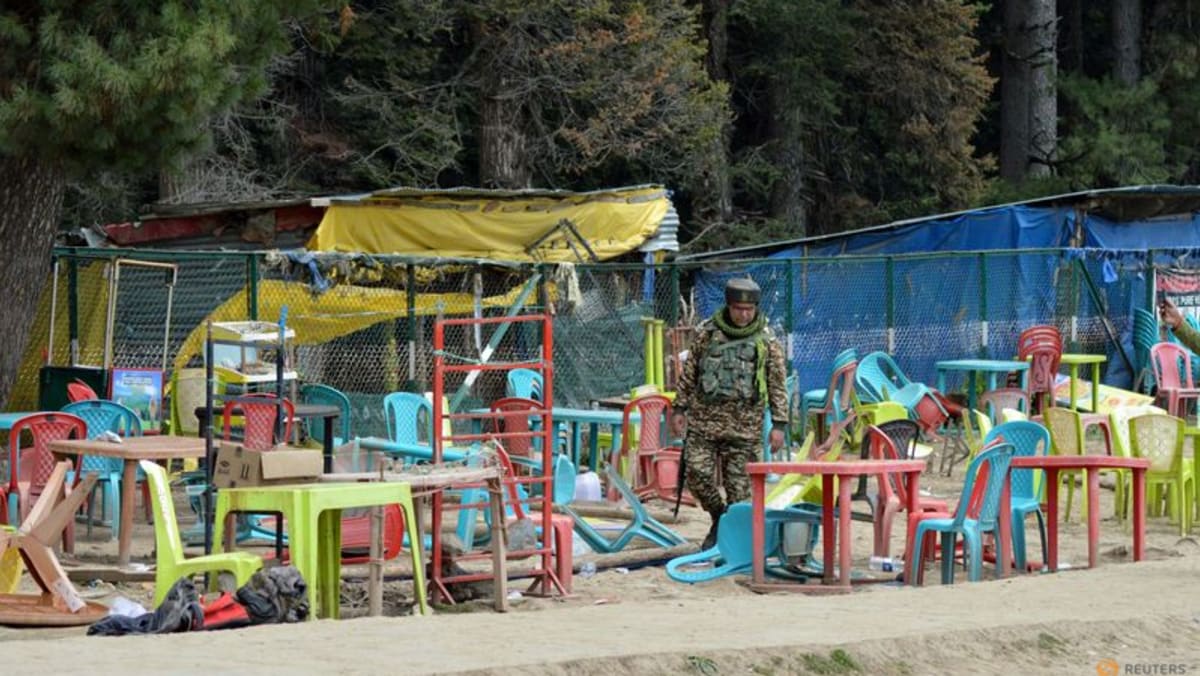WHAT ARE THE USUAL CAUSES OF FOOD POISONING AND STOMACH FLU?
Food poisoning is often linked to improper food handling or storage, said Dr Daniel Lee, a senior colorectal surgeon with Colorectal Clinic Associates. “The common sources include undercooked seafood, such as sushi or shellfish, and hawker fare like half-cooked eggs or grilled meats that may not be properly stored or cooked.”
Stomach flu or viral gastroenteritis, on the other hand, is caused by viruses such as norovirus, rotavirus or adenovirus, according to Dr Melvin Look, the director of PanAsia Surgery and a consultant surgeon in gastrointestinal, laparoscopic and obesity surgery.
“They can be found in the faeces and vomit of a person who is infected, and you can become infected if you come into close contact with contaminated objects and surfaces,” said Dr Look. “You can also get it if you consume food and drinks prepared by a food handler who is infected.”
As such, stomach flu can be easily transmitted from person to person, especially in schools, childcare centres and crowded spaces, said Dr Lee. “In past incidents investigated by the Ministry of Health, norovirus outbreaks in childcare centres were linked to poor handwashing and surface hygiene, with rapid spread among children and staff,” he highlighted.
HOW ARE THE SYMPTOMS DIFFERENT FOR FOOD POISONING AND STOMACH FLU?
Both conditions cause similar symptoms – nausea, vomiting, diarrhoea and/or stomach cramps – according to Dr Benjamin Yip, a gastroenterologist and the medical director of Alpha Digestive & Liver Centre. But in stomach flu, you may also experience a low-grade fever, muscle aches and fatigue, he said.














